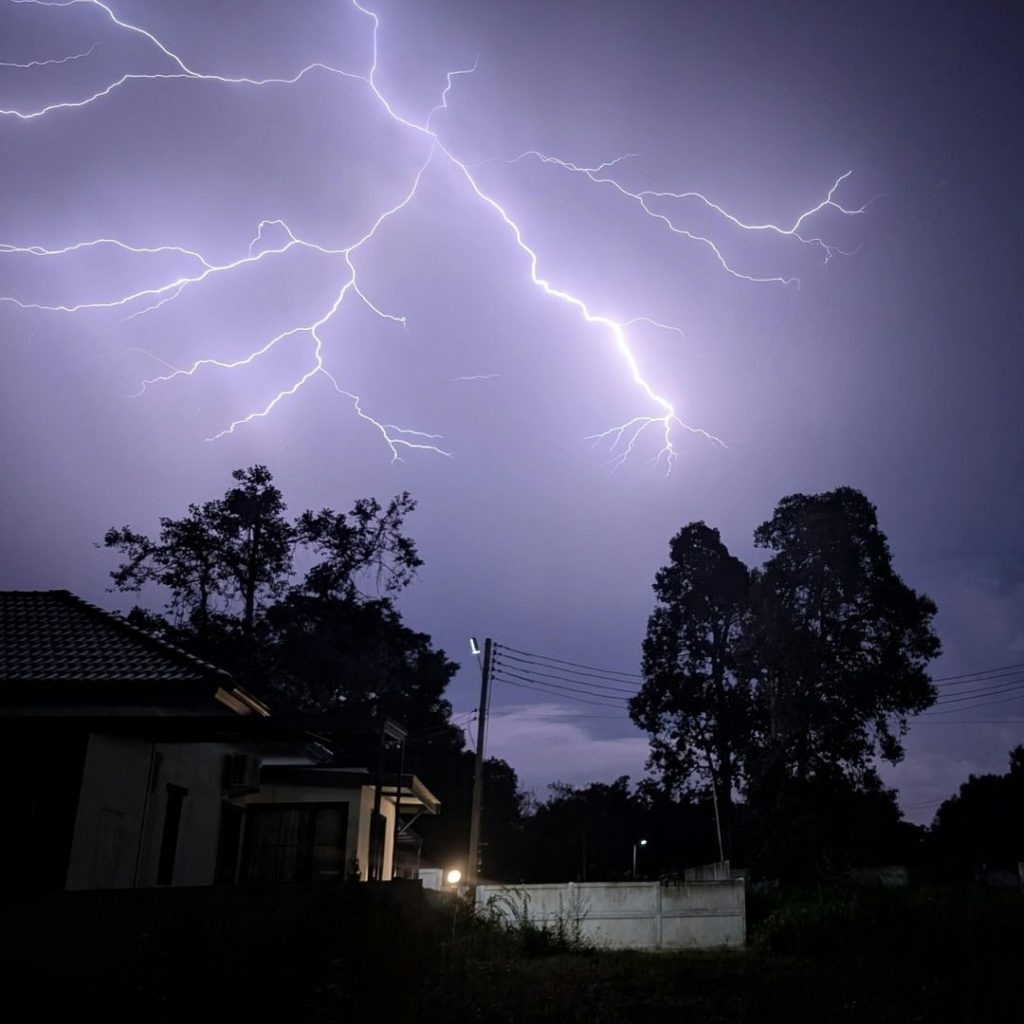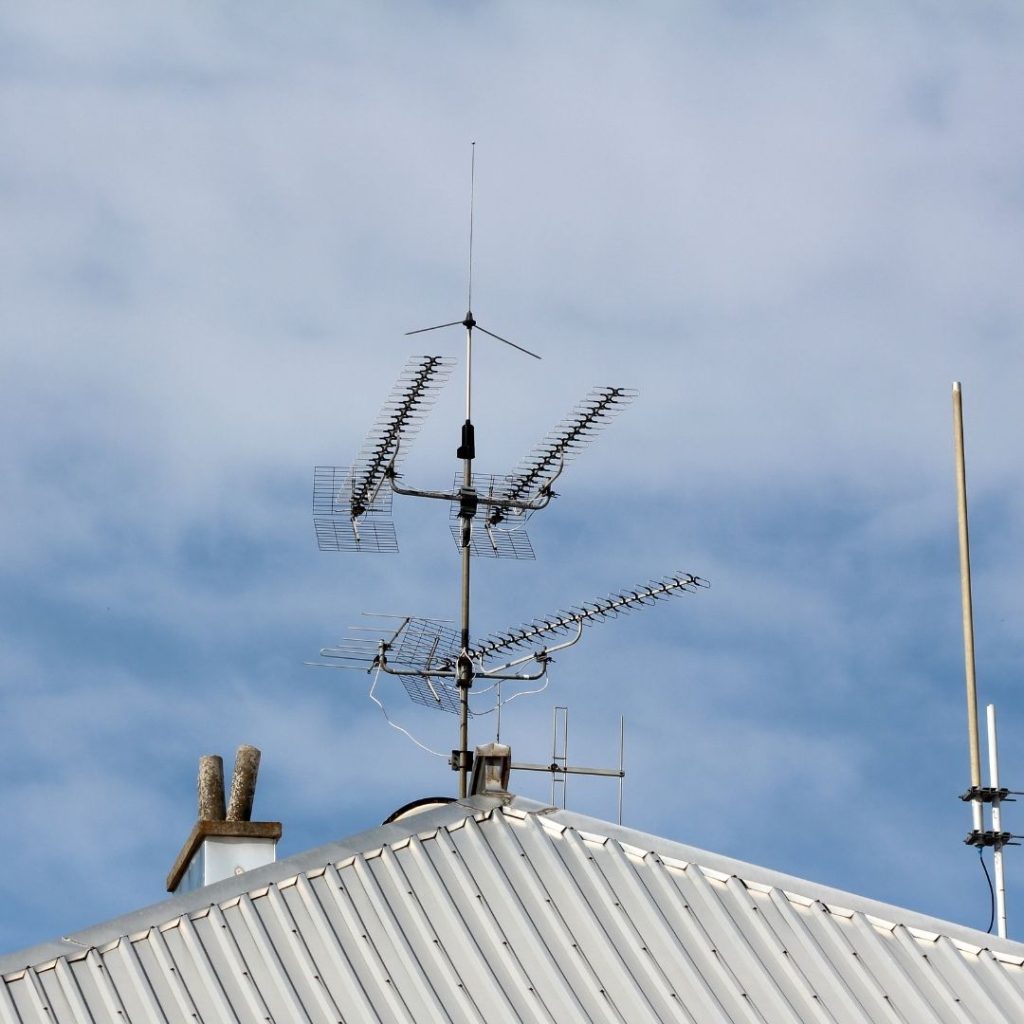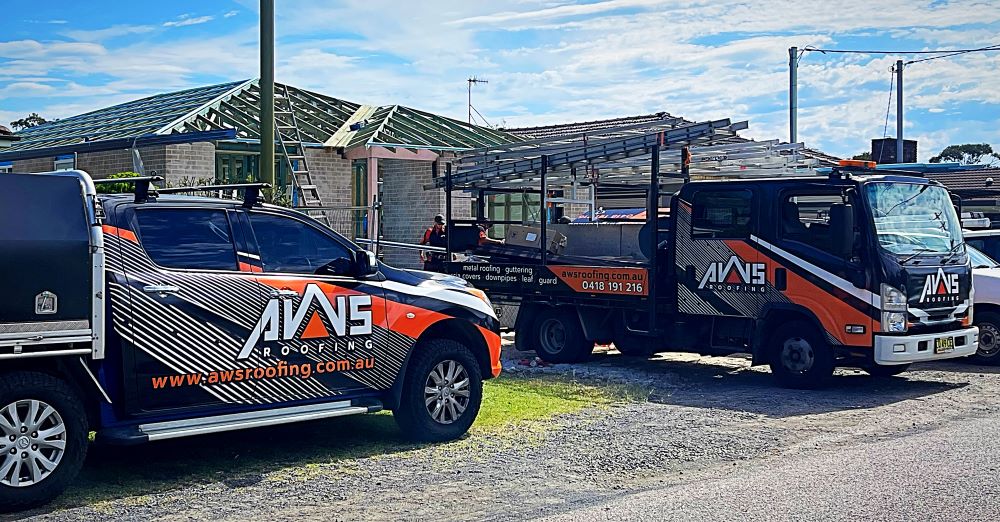Metal roofing is hailed as one of the most durable and long-lasting roofing solutions available in Australia. Its remarkable strength, longevity, and energy efficiency are attributes that resonate with many homeowners and builders alike. However, a frequently asked question arises among property owners — do metal roofs attract lightning strikes?
As an increasing number of homeowners invest in Starlink dishes and various aerial devices, concerns regarding lightning strikes have understandably surged. In this comprehensive discussion, we will explore the facts surrounding this topic, illustrating why metal roofing, along with antennas and satellite systems, is often deemed safer than many individuals might assume.

Understanding the Relationship Between Metal Roofs and Lightning Strikes
Despite the common misconception that metal roofs attract lightning, the reality is quite the opposite. A metal roof does not attract lightning in any significant manner. Essentially, lightning is drawn to the highest point in any given landscape, and it is not influenced by the material of the roof itself. Lightning seeks the path of least resistance to reach the ground, which is why it typically strikes taller structures such as trees, utility poles, or antennas, rather than the roofing material itself.
In the unfortunate event that a home with a metal roof is struck by lightning, there is a reassuring fact to consider: metal is excellent at dispersing energy safely. Unlike roofing materials like tile or timber, metal does not ignite or burn easily. Instead, if lightning strikes, the electrical charge spreads rapidly over the surface of the roof and harmlessly dissipates into the ground, especially when the building’s grounding system is correctly installed.
In essence, choosing a Colorbond® roof does not increase the likelihood of your home being struck by lightning. However, should a strike occur, having a metal roof is undoubtedly one of the safest options, providing homeowners with significant peace of mind knowing their homes are well-protected.
Assessing the Risk of Lightning Strikes from Aerials and Starlink Dishes
Similar to metal roofs, aerials, antennas, and Starlink dishes do not intrinsically attract lightning simply due to their presence. Instead, lightning tends to be attracted to height and isolation rather than specifically to the metallic components of these devices.
If an aerial or dish is positioned as the highest point on your property, it may become the most probable target for a lightning strike. This scenario arises from its elevated location rather than its metallic composition. Therefore, it is essential to understand that the risk of a lightning strike is primarily contingent on the location of the structure, rather than the materials used in its construction.
To enhance safety and mitigate risks, consider implementing these best practices:
- Ensure that the dish or antenna is professionally installed and grounded in accordance with the AS/NZS 1768 lightning protection standards, which provide guidelines for effective lightning protection.
- Bonding and grounding the system is crucial as it allows any electrical surge to travel safely to the earth, significantly reducing the risk of damage to your equipment or home.
- Avoid using isolated, ungrounded poles that extend significantly above the roofline, as these pose a heightened risk of attracting lightning strikes.
When installed correctly, a Starlink dish or roof-mounted aerial on a Colorbond® roof remains completely safe, even during extreme electrical storms.

Discovering the Safety Advantages of Metal Roofing Materials
Beyond the critical aspect of lightning safety, metal roofing comes with a wide array of inherent protective features that establish it as a superior choice for homeowners:
- Fire Resistance: Metal is fundamentally non-combustible, making it an ideal choice for regions prone to bushfires and wildfires.
- Storm Durability: Metal roofs are engineered to endure hail, strong winds, and heavy rainfall significantly better than many traditional roofing materials, ensuring long-lasting protection.
- Corrosion Protection: Colorbond® coatings provide exceptional resistance against rust and corrosion, especially in coastal areas where salty air can pose challenges.
- Energy Efficiency: Reflective coatings on metal roofs help to minimize heat absorption during the sweltering summer months, which can lead to lower energy bills and increased comfort.
- Structural Lightness: Metal roofing is considerably lighter than tile, which reduces stress on the roof frame and enhances overall structural integrity.
Implementing Essential Steps for Roof Safety and Efficiency
To ensure comprehensive assurance regarding the safety of your roof and any mounted equipment, conducting regular inspections is essential:
- After storm events, carefully inspect flashings, fixings, and sealants to ensure they remain intact and functional for optimal performance.
- Keep gutters and valleys clear of debris to prevent overflow and potential water damage to your property, maintaining the integrity of your roofing system.
- Ensure that any antenna installations are correctly grounded to minimize risk and enhance overall safety.
AWS Roofing offers professional inspections and roof replacements throughout the Central Coast, Newcastle, and Hunter regions, guaranteeing that every roof operates safely and efficiently while providing maximum protection to your home.

Summarizing Key Insights on Metal Roof Safety and Performance
A metal roof does not attract lightning; in fact, it significantly contributes to protecting your home from lightning strikes. When paired with professional installation and proper grounding of any roof-mounted equipment, a Colorbond® metal roof emerges as one of the safest, most dependable, and longest-lasting roofing systems available in Australia.
If you require expert assistance for metal roofing installation or replacement, contact AWS Roofing, trusted specialists in durable and compliant roofing systems across NSW.
Do Metal Roofs Attract Lightning? (And Aerials or Starlink Dishes)
The Article: Do Metal Roofs Attract Lightning? A Look at Aerials and Starlink first appeared on https://writebuff.com
The Article Metal Roofs and Lightning: Insights on Aerials and Starlink Was Found On https://limitsofstrategy.com

